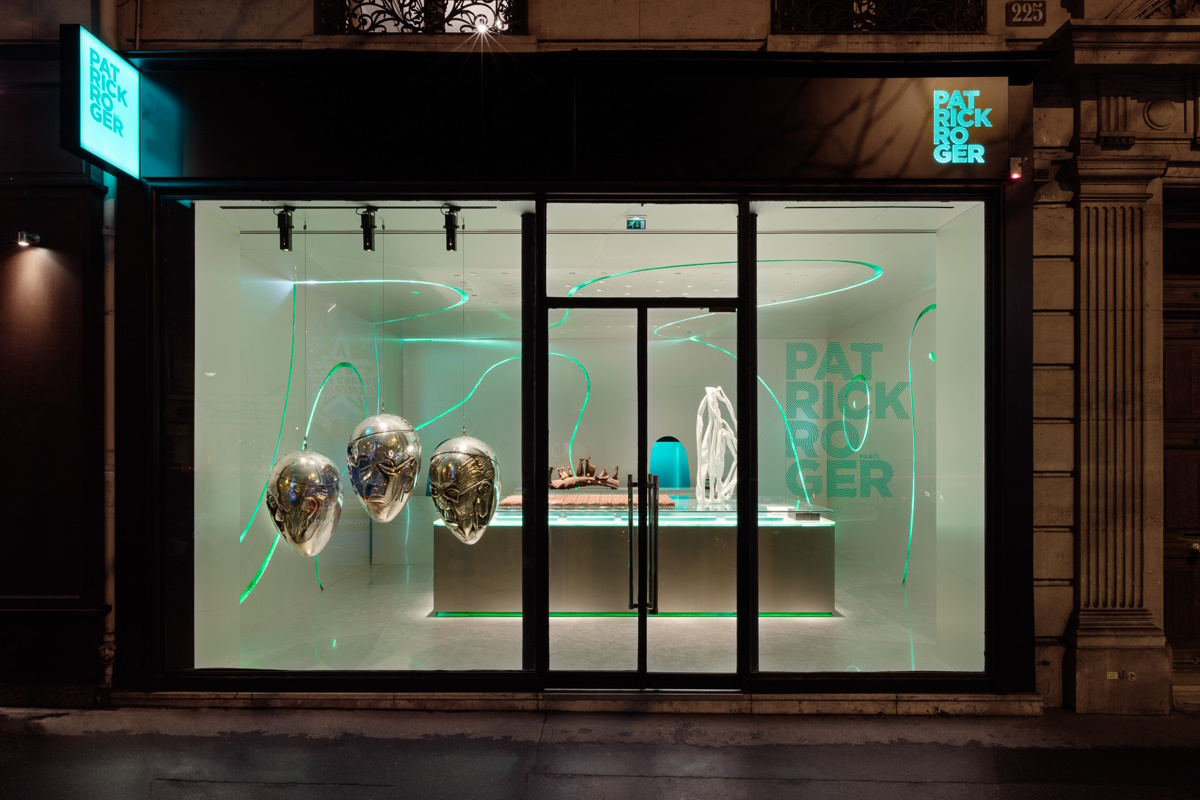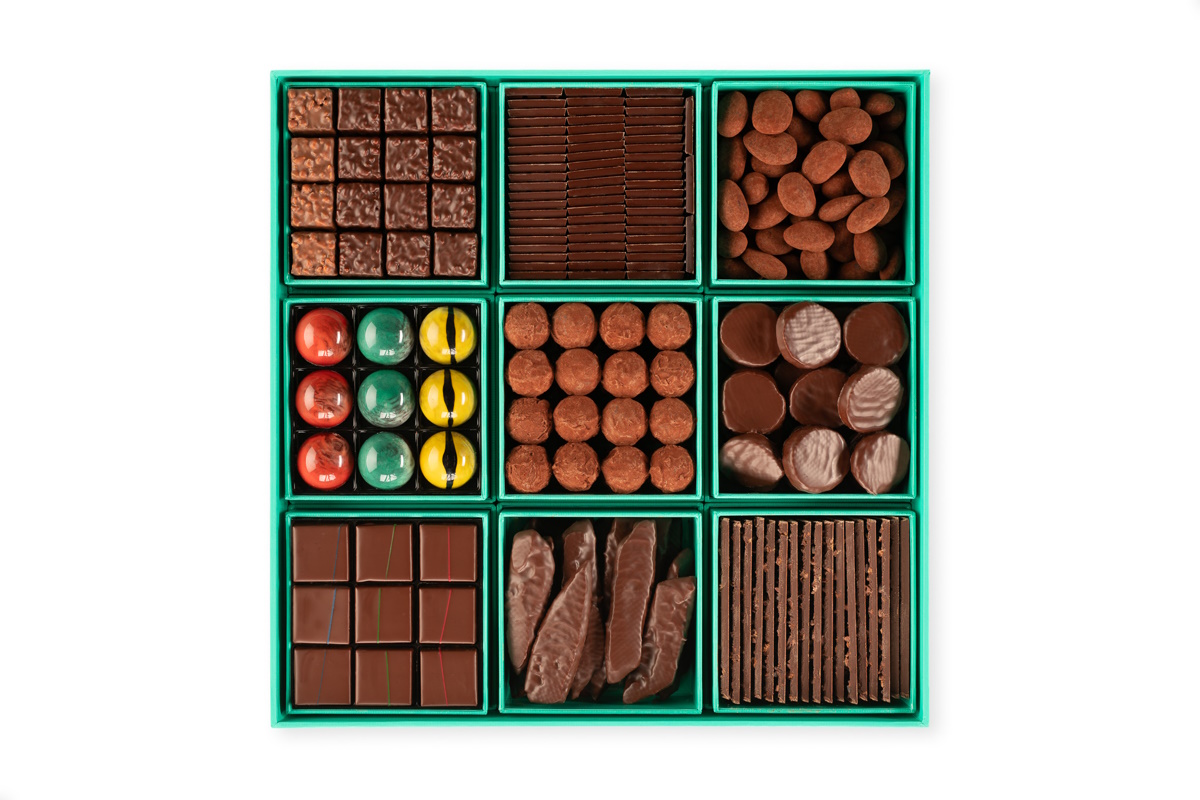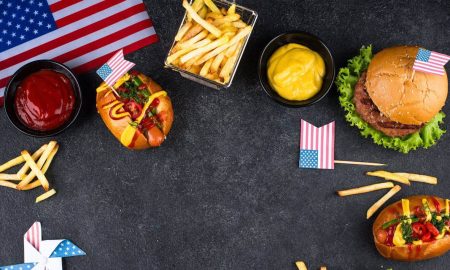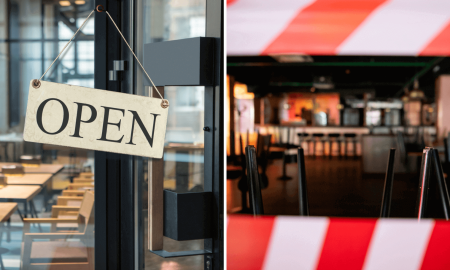From the bitter ceremonial drink of the Aztecs to the sweet temptation of today: Chocolate has been on a long journey. Although cocoa beans are no longer a form of currency as they were in Aztec times, it is impossible to imagine our society or gastronomy without them or even without chocolate.
Among the sometimes outrageous forms in which the popular sweet is presented on social media (#chocolatepizza), its original essence can fortunately still be found in some cultures. In the Mexican Mole, for example, which is traditionally served with meat dishes such as chicken. Dark and spicy, a Mole Negro with black chili and dark chocolate lusciously lingers on the palate. Chocolate creations are not limited to the world’s top chocolatiers – it is also a welcome guest in gastronomy and its experimental kitchens around the globe.
Sieh dir diesen Beitrag auf Instagram an
The Spanish top chef and pioneer of molecular cuisine, Ferran Adrià, for example, created with compositions of cocoa with foie gras or caviar, as well as signature dishes such as his chocolate air – taste experiences that helped him become world famous. Heston Blumenthal also creates complex umami combinations. The Brit, whose restaurant The Fat Duck in the tranquil county of Berkshire is causing a stir, is known for integrating chocolate into meat dishes such as pigeon or game. However, things can sometimes get even a little more artistic.
Cocoa art by the master
Chocolate can be an artistic medium – and with this, we don’t mean the chocolate bunny in your Easter basket. Better said, it becomes an art in the hand of the chocolatier. French patissier Patrick Roger has succeeded in captivating gourmets and art collectors alike with his creations. With his lifelike sculptures such as the 62-kilo cocoa worker “Harold” or an entire family of sharks, he has already found his way into countless art galleries. He’s even immortalized some of his works in bronze. In fact, Roger started his career as a sculptor before moving into the world of chocolate. But his sweet art is just part of the story. Roger also works closely with cocoa farmers to promote fair trade practices and minimize environmental impact. His skills have been rewarded, as he has already won numerous awards, including the title of “Meilleur Ouvrier de France” (Best Craftsman in France) in the chocolaterie category.

Image: Michel Labelle
Chocolate rock stars
From sculptor to rock stars among chocolatiers: Julius Persoone and his father Dominique are regarded as revolutionaries in their field. The latter completed his training with the world’s most renowned chocolatiers, such as Pierre Hermé, before striking out on his own with The Chocolate Line. His “Chocolate Shooter”, which the Rolling Stones, among others, used to blow chocolate powder up their noses, is legendary. Their shops in Bruges and Antwerp are known for unconventional creations made from grass, wasabi, fermented mushrooms or insects. This is also thanks to Dominique’s son Julius.
A young aspiring entrepreneur whose chocolate manufacturing is more like a laboratory, Julius has also learned his craft from the bottom up. After completing his training, he spent a few months working on the family’s own 3.5-hectare cocoa plantation in Mexico. Since 2012, the rare Criollo variety has been cultivated here. Its exceptional quality forms the basis for the unconventional creations in The Chocolate Line’s fermentation laboratory. “My way of working is extremely scientific, but the result is highly emotional,” the twenty-something likes to say about his vision.

Image: Fotodesign Emily
Trend forecast
Top chocolatiers like the Persoones know the secret of particularly aromatic taste experiences: bean-to-bar. The idea of producing chocolate completely from the cocoa bean to the bar as a manufacturer is not entirely new, but it is becoming increasingly important. According to experts, a growing number of consumers are demanding quality and want to know where their sweet treats are coming from. For “bean-to-bar” or “single-origin” chocolates, they therefore work directly with cocoa farmers to ensure quality and sustainability. That’s a good thing, because cocoa is precious: Although the trees themselves live up to 200 years, they only produce usable cocoa beans for about 25 years. Each one contains about 30 to 40 of the seeds called “cocoa beans”. That’s about the amount needed to produce a single bar of chocolate.

Image: Patrick Roger
Plant-based temptation with distinction
The reigning Swiss chocolate champion Quentin Guirao is jumping on the health conscious trend bandwagon of chocolatiers. By winning the Chocolate Academy in Zurich at the beginning of 2024, the 27-year-old qualified for the World Chocolate Master Championships, which will take place in Paris in October 2025. A French-born chef with a background in sports science, he won the eight-hour competition by leaving out something completely: animal ingredients.
Whether completely vegan, free from refined sugar or traditional – chocolate is currently undergoing a transformation, something you can also see in top gastronomy. Alongside complete chocolate tasting menus, you will also find surprising new taste experiences in chocolate drink pairings. This is when small pieces of chocolate are paired with matching drinks. For example, a dark beer such as Guinness is paired with a smoky chocolate glaze with high cocoa content, or milk chocolate with caramel notes is paired with a rum-based drink. As such, it’s worth taking chocolate out of the dessert drawer and making it the star of the show much more often.














